"Nintendo Consoles: Complete Release Date Timeline"
When it comes to video games, Nintendo stands as a titan in the industry, renowned for its pioneering spirit and a rich catalog of beloved intellectual properties (IPs) that continue to charm players even decades after their debut. With an exciting lineup of upcoming titles, Nintendo shows no signs of slowing down. As the gaming giant officially unveils the Nintendo Switch 2, it's the perfect time to revisit Nintendo's storied history in the console space.
Below, we've compiled a comprehensive list of every console Nintendo has ever released. Take a nostalgic journey through the ages and see how Nintendo has consistently pushed the boundaries of gaming!
AnswerSee Results*Looking to save on a new Nintendo Switch or new titles for your system? Be sure to check out the best Nintendo deals available today.*How Many Nintendo Consoles Have There Been?
In total, 32 Nintendo consoles have graced the market throughout Nintendo's history. With the Switch 2 on the horizon, it will become the 33rd. Our list includes both home and handheld console revisions, encompassing models such as XL and Mini.
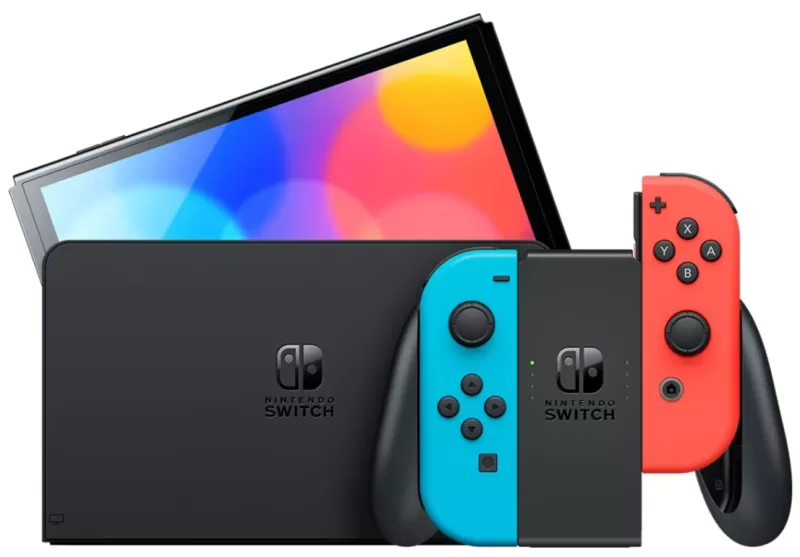 Latest Model### Nintendo Switch OLED (Neon Blue & Red)
Latest Model### Nintendo Switch OLED (Neon Blue & Red)
4See it at AmazonEvery Nintendo Console in Order of Release
Color TV-Game - June 1, 1977
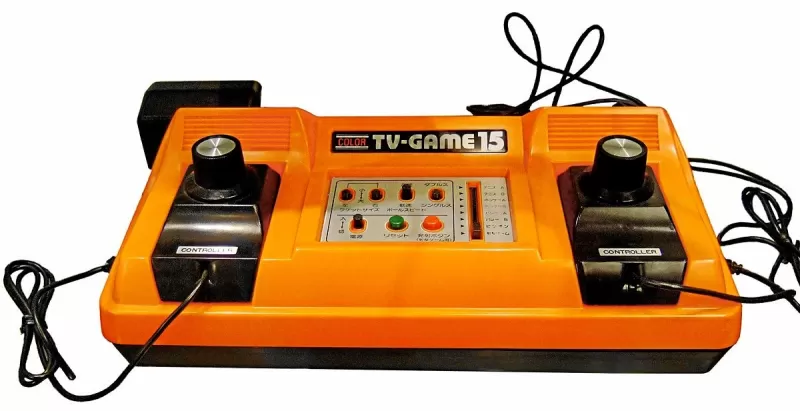 Nintendo's initial foray into gaming hardware came with the Color TV-Game series, a collaboration with Mitsubishi Electronics. This partnership was crucial as Nintendo was new to hardware development. These consoles were a commercial success and set the stage for Nintendo's future in gaming. Even nearly 50 years later, the impact of the Color TV-Game remains, with Nintendo's commitment to innovation stronger than ever.
Nintendo's initial foray into gaming hardware came with the Color TV-Game series, a collaboration with Mitsubishi Electronics. This partnership was crucial as Nintendo was new to hardware development. These consoles were a commercial success and set the stage for Nintendo's future in gaming. Even nearly 50 years later, the impact of the Color TV-Game remains, with Nintendo's commitment to innovation stronger than ever.
Game & Watch - April 28, 1980
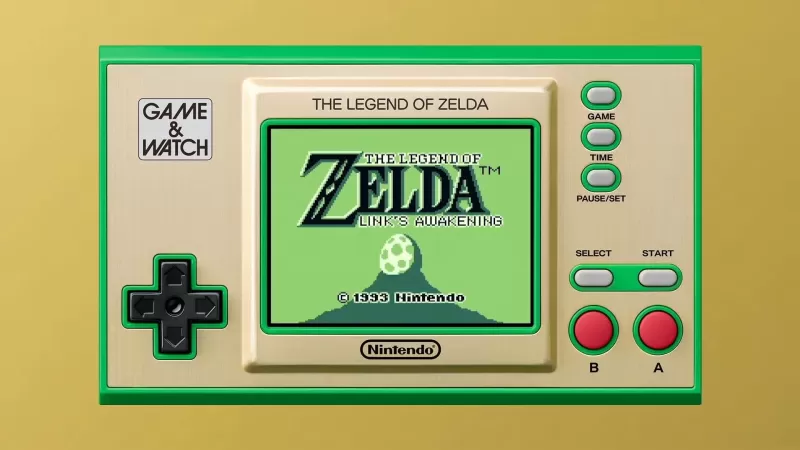 Nintendo ventured into the handheld market with its Game & Watch devices, each featuring unique games. These sold over 40 million units worldwide and introduced gaming innovations like the D-Pad, seen in the Donkey Kong model. The series made a notable resurgence with limited editions in 2020 and 2021, celebrating the anniversaries of Mario and Zelda.
Nintendo ventured into the handheld market with its Game & Watch devices, each featuring unique games. These sold over 40 million units worldwide and introduced gaming innovations like the D-Pad, seen in the Donkey Kong model. The series made a notable resurgence with limited editions in 2020 and 2021, celebrating the anniversaries of Mario and Zelda.
Nintendo Entertainment System - October 18, 1985
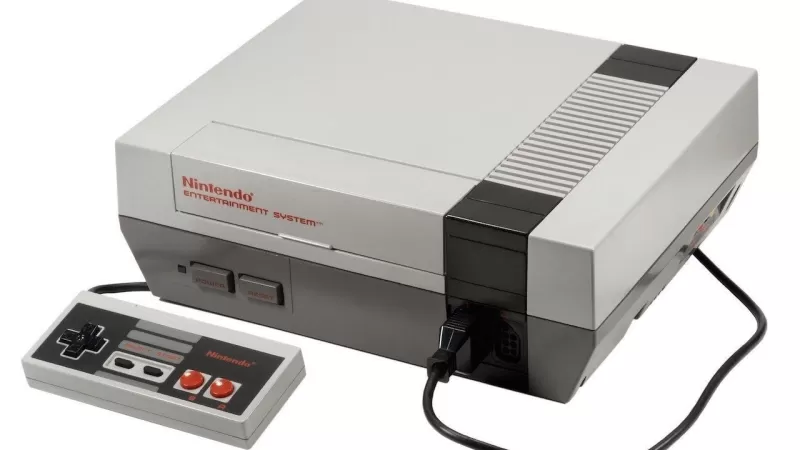 Known as the Family Computer (Famicom) in Japan, the Nintendo Entertainment System (NES) marked Nintendo's first home console launch in North America. It popularized the use of game cartridges, allowing players to enjoy a variety of titles. Iconic franchises like Super Mario, The Legend of Zelda, and Metroid originated here, making the NES a cornerstone in video game history.
Known as the Family Computer (Famicom) in Japan, the Nintendo Entertainment System (NES) marked Nintendo's first home console launch in North America. It popularized the use of game cartridges, allowing players to enjoy a variety of titles. Iconic franchises like Super Mario, The Legend of Zelda, and Metroid originated here, making the NES a cornerstone in video game history.
Game Boy - July 31, 1989
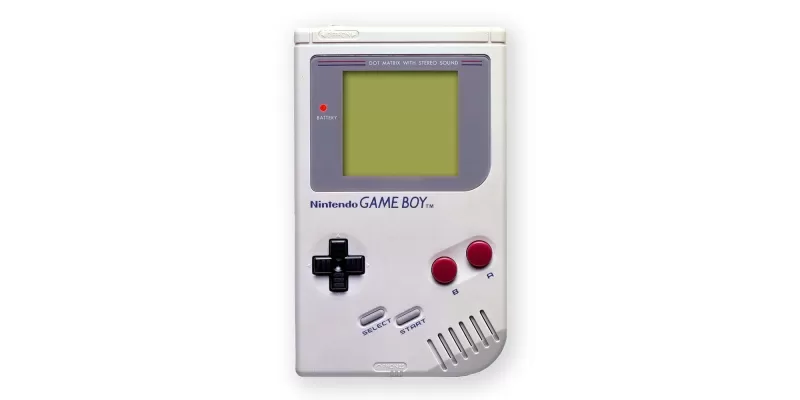 Launched in North America in the summer of 1989, the Game Boy was Nintendo's first dedicated handheld console. It advanced beyond the Game & Watch by supporting game cartridges, with Tetris becoming its most famous title, bundled with systems outside Japan.
Launched in North America in the summer of 1989, the Game Boy was Nintendo's first dedicated handheld console. It advanced beyond the Game & Watch by supporting game cartridges, with Tetris becoming its most famous title, bundled with systems outside Japan.
Super Nintendo Entertainment System - August 23, 1991
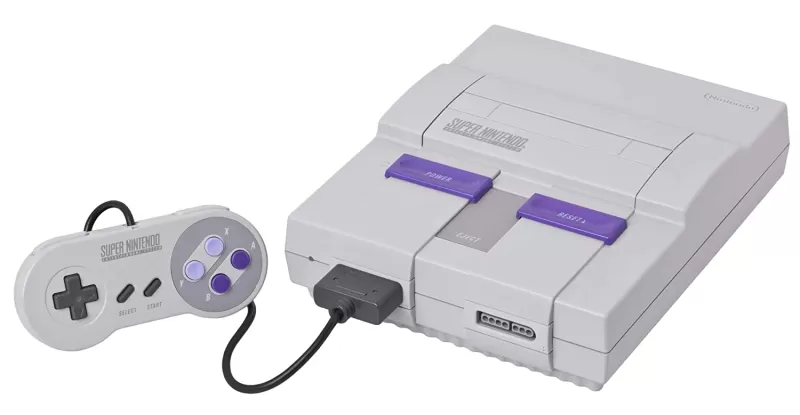 Introducing 16-bit graphics, the Super Nintendo Entertainment System (SNES) showcased significant evolutions in Nintendo's flagship series. Games like Super Mario World and Donkey Kong Country became classics. Despite a later release, the SNES outsold competitors thanks to its robust software lineup and broad appeal.
Introducing 16-bit graphics, the Super Nintendo Entertainment System (SNES) showcased significant evolutions in Nintendo's flagship series. Games like Super Mario World and Donkey Kong Country became classics. Despite a later release, the SNES outsold competitors thanks to its robust software lineup and broad appeal.
Virtual Boy - August 14, 1995
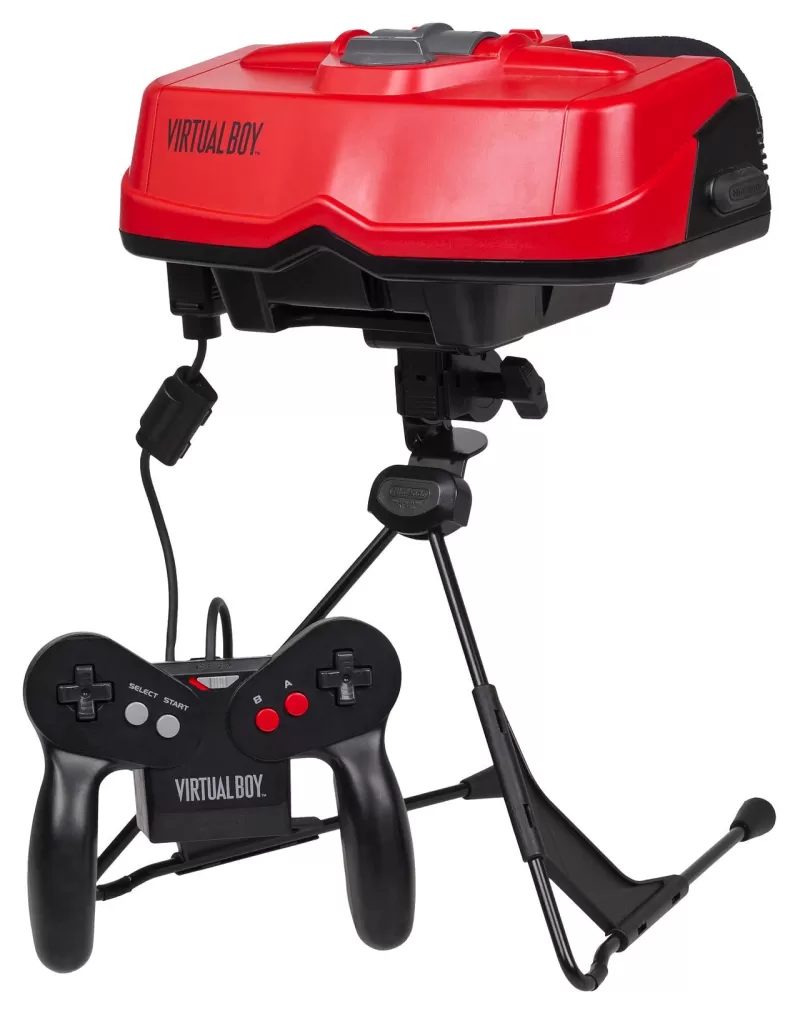 Nintendo's Virtual Boy was a unique, portable console that offered 3D visuals without glasses. However, with only 22 games and sales under 800,000 units, it lasted just a year on the market. Popular titles included Mario's Tennis and Virtual Boy Wario Land.
Nintendo's Virtual Boy was a unique, portable console that offered 3D visuals without glasses. However, with only 22 games and sales under 800,000 units, it lasted just a year on the market. Popular titles included Mario's Tennis and Virtual Boy Wario Land.
Game Boy Pocket - September 3, 1996
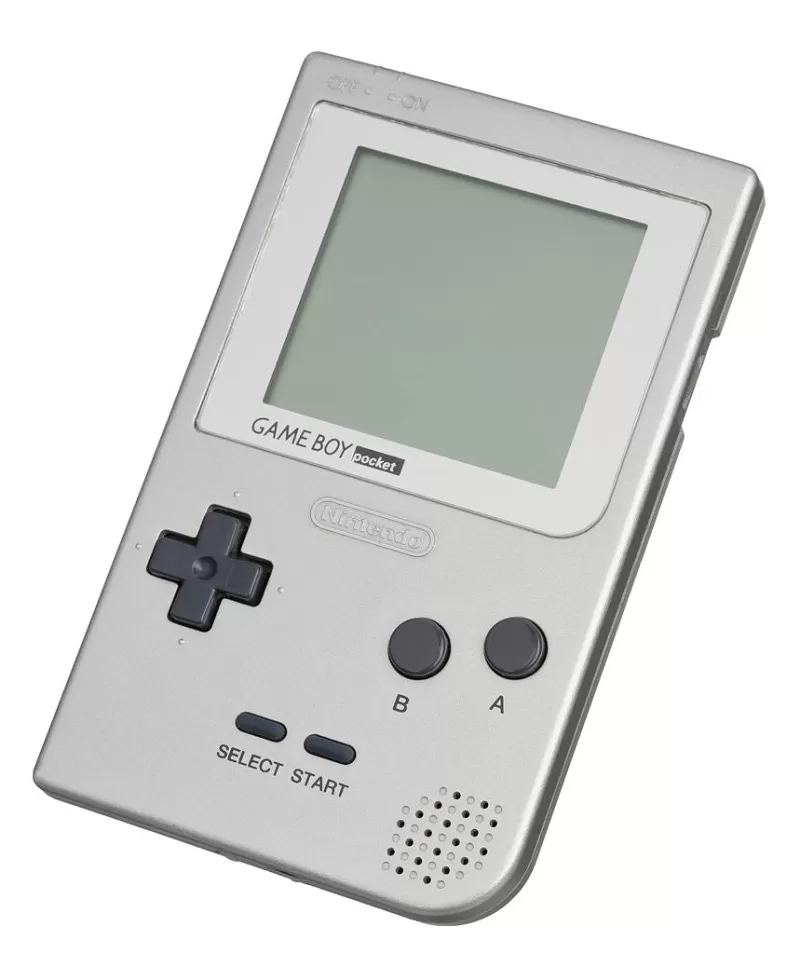 A smaller version of the Game Boy, the Game Boy Pocket featured a clearer black-and-white screen and enhanced response times. However, its smaller size came with a shorter battery life.
A smaller version of the Game Boy, the Game Boy Pocket featured a clearer black-and-white screen and enhanced response times. However, its smaller size came with a shorter battery life.
Nintendo 64 - September 29, 1996
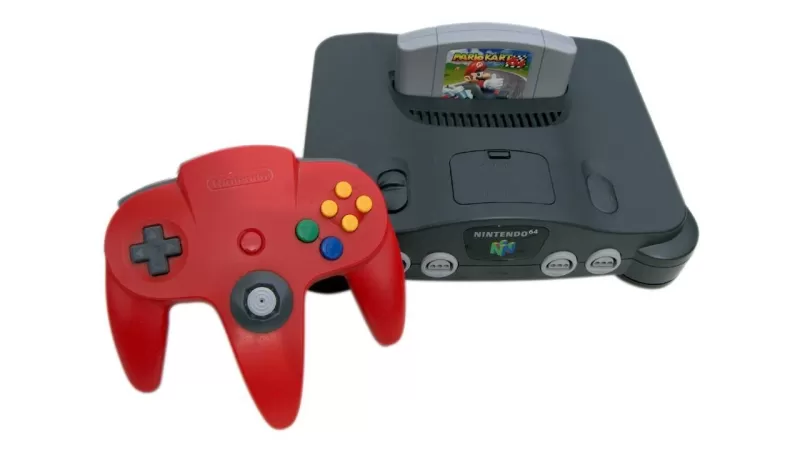 Revolutionizing home console gaming, the Nintendo 64 introduced 3D graphics with iconic titles like Super Mario 64 and The Legend of Zelda: Ocarina of Time. Its innovative controller with an analog stick was a game-changer. Nintendo released multiple special editions, including translucent variants.
Revolutionizing home console gaming, the Nintendo 64 introduced 3D graphics with iconic titles like Super Mario 64 and The Legend of Zelda: Ocarina of Time. Its innovative controller with an analog stick was a game-changer. Nintendo released multiple special editions, including translucent variants.
Game Boy Light - April 14, 1998
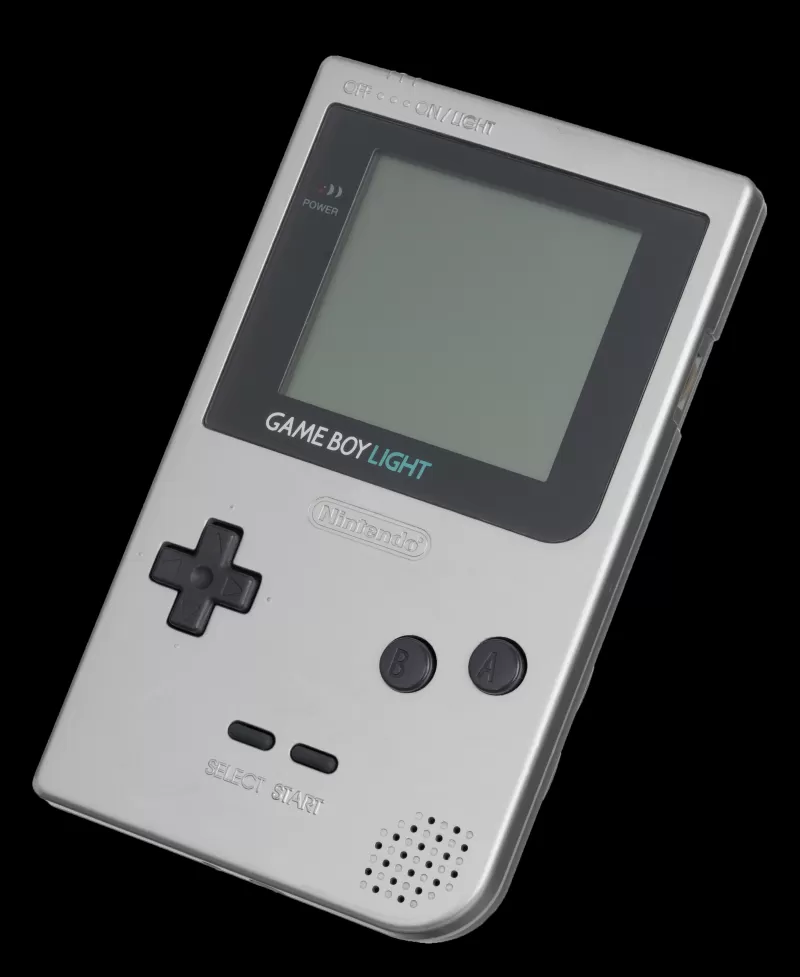 Exclusive to Japan, the Game Boy Light was larger than the Pocket but included a backlight for playing in low-light conditions. It offered improved battery life, lasting up to 20 hours.
Exclusive to Japan, the Game Boy Light was larger than the Pocket but included a backlight for playing in low-light conditions. It offered improved battery life, lasting up to 20 hours.
Game Boy Color - November 18, 1998
 Introducing color to handheld gaming, the Game Boy Color was backward-compatible with all Game Boy games. Some titles, like Tetris, gained a new visual appeal. With new hardware, hundreds of exclusive games were released for the system.
Introducing color to handheld gaming, the Game Boy Color was backward-compatible with all Game Boy games. Some titles, like Tetris, gained a new visual appeal. With new hardware, hundreds of exclusive games were released for the system.
Game Boy Advance - June 11, 2001
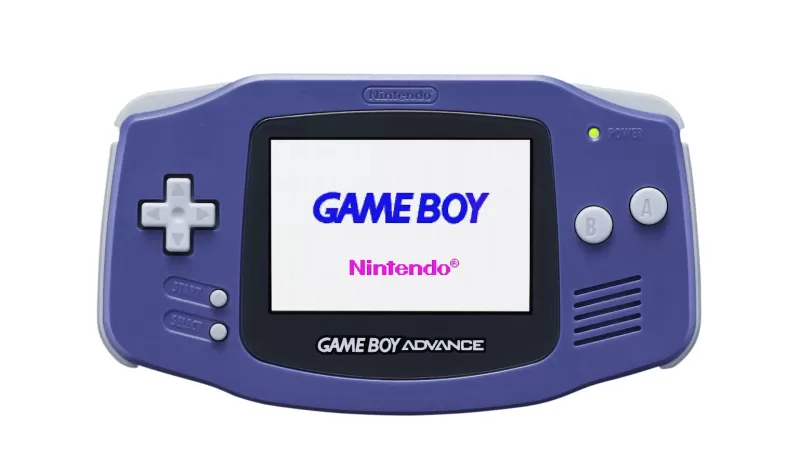 A significant leap in handheld technology, the Game Boy Advance (GBA) featured a horizontal design and supported 16-bit graphics. It was backward-compatible with previous Game Boy titles, offering thousands of games.
A significant leap in handheld technology, the Game Boy Advance (GBA) featured a horizontal design and supported 16-bit graphics. It was backward-compatible with previous Game Boy titles, offering thousands of games.
Pokémon mini - November 16, 2001
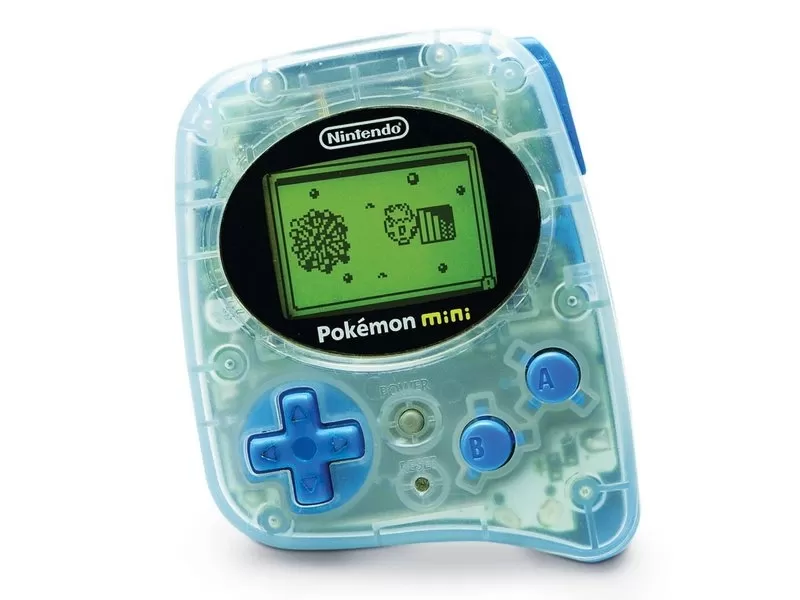 Image Credit: GamesRadarThe Pokémon mini, with its focus on Pokémon games, was incredibly compact. Only 10 games were released, four in North America. It included a clock, infrared port, and rumble feature.
Image Credit: GamesRadarThe Pokémon mini, with its focus on Pokémon games, was incredibly compact. Only 10 games were released, four in North America. It included a clock, infrared port, and rumble feature.
Nintendo GameCube - November 18, 2001
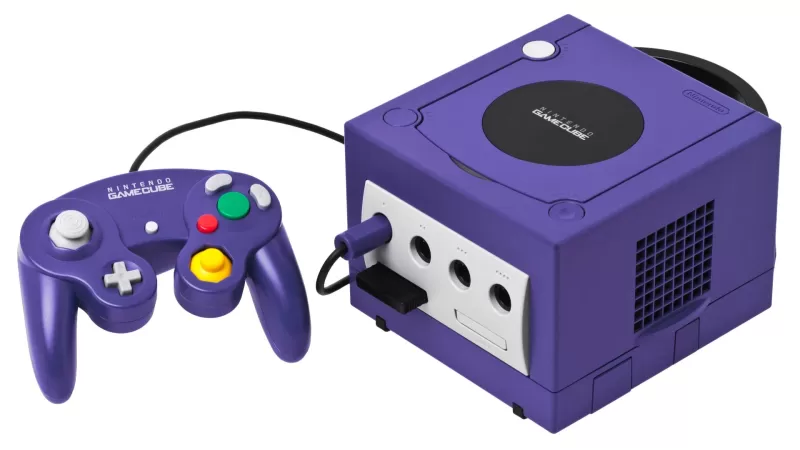 Building on the Nintendo 64's success, the GameCube featured sequels to beloved titles like Super Mario Sunshine and The Legend of Zelda: Wind Waker. It transitioned to optical discs and introduced a new controller with rumble and analog triggers. Many GameCube franchises, like Animal Crossing, remain popular today.
Building on the Nintendo 64's success, the GameCube featured sequels to beloved titles like Super Mario Sunshine and The Legend of Zelda: Wind Waker. It transitioned to optical discs and introduced a new controller with rumble and analog triggers. Many GameCube franchises, like Animal Crossing, remain popular today.
Panasonic Q - December 14, 2001
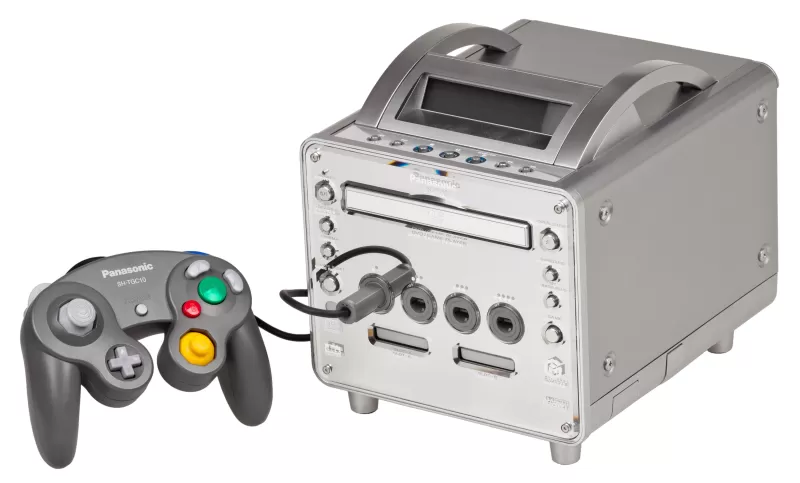 A collaboration with Panasonic, the Panasonic Q combined a GameCube with a DVD player. Its sleek design and multi-functionality were overshadowed by its high price, leading to a brief two-year market presence.
A collaboration with Panasonic, the Panasonic Q combined a GameCube with a DVD player. Its sleek design and multi-functionality were overshadowed by its high price, leading to a brief two-year market presence.
Game Boy Advance SP - March 23, 2003
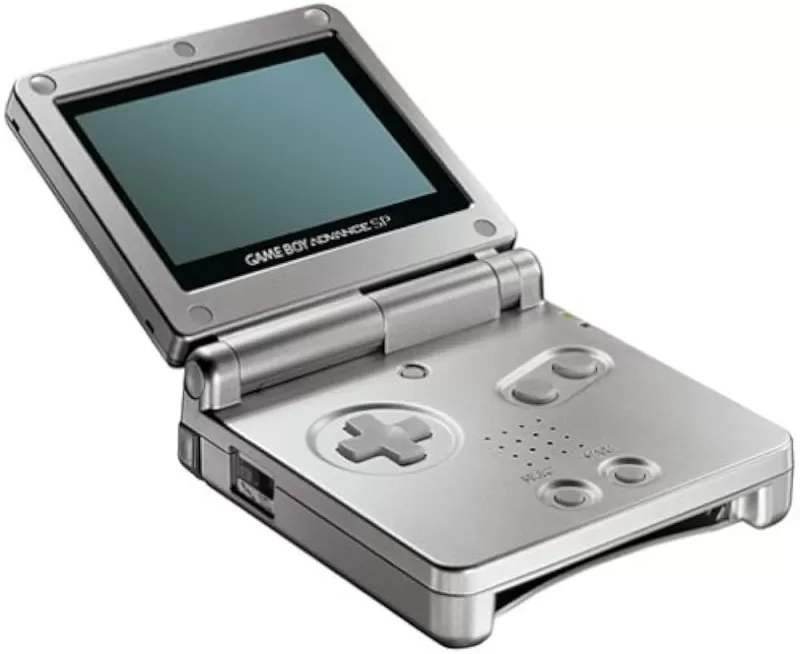 Revising the Game Boy Advance, the SP model introduced a hinge design, chargeable battery, and later models included a backlit screen. It omitted a headphone jack but offered an adapter for audio.
Revising the Game Boy Advance, the SP model introduced a hinge design, chargeable battery, and later models included a backlit screen. It omitted a headphone jack but offered an adapter for audio.
Nintendo DS - November 21, 2004
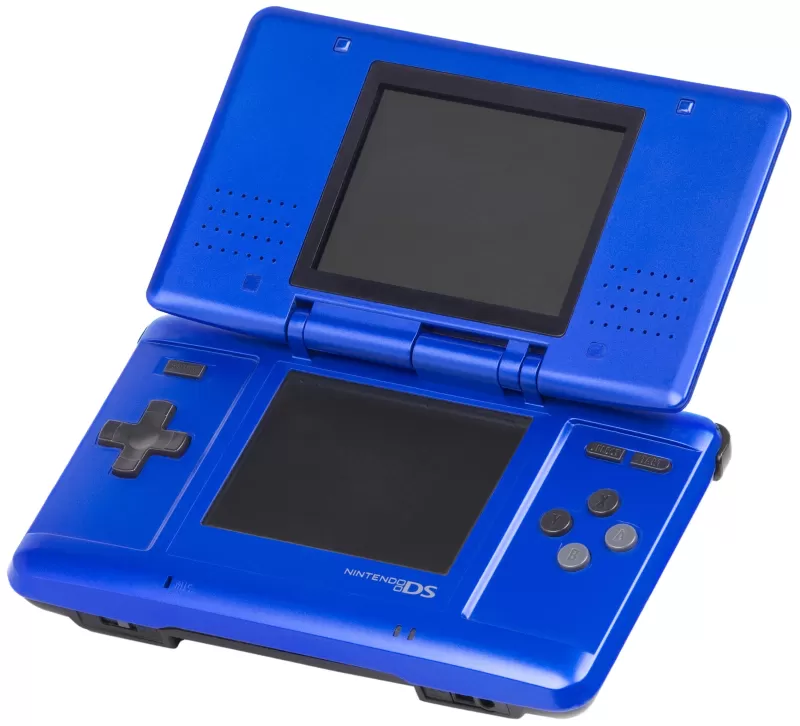 Launching Nintendo's best-selling console line, the DS featured Wi-Fi and a unique dual-screen setup, one of which was a touchscreen. This allowed for innovative gaming experiences.
Launching Nintendo's best-selling console line, the DS featured Wi-Fi and a unique dual-screen setup, one of which was a touchscreen. This allowed for innovative gaming experiences.
Game Boy Micro - September 19, 2005
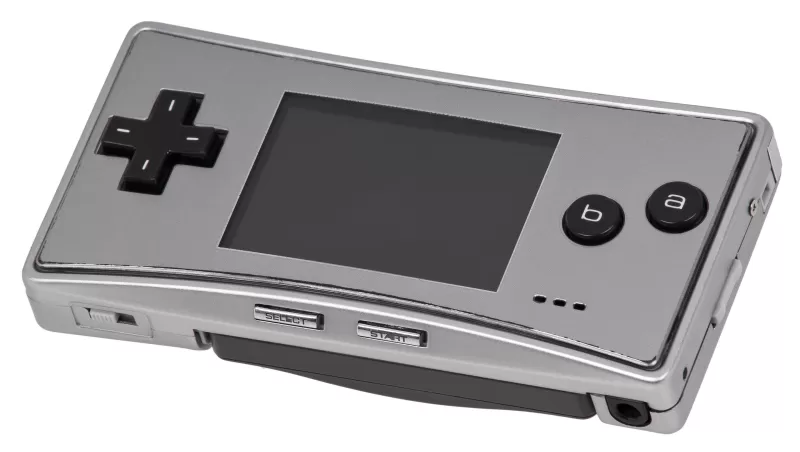 Introduced by Reggie Fils-Aimé at E3 2005, the Game Boy Micro was remarkably small. It supported Game Boy, Game Boy Color, and Game Boy Advance games, with a backlit screen for adjustable brightness.
Introduced by Reggie Fils-Aimé at E3 2005, the Game Boy Micro was remarkably small. It supported Game Boy, Game Boy Color, and Game Boy Advance games, with a backlit screen for adjustable brightness.
Nintendo DS Lite - June 11, 2006
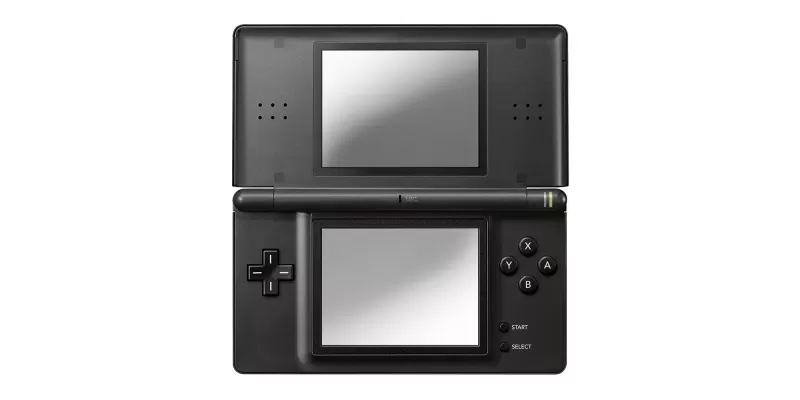 Revising the DS, the Lite model was slimmer and lighter with brighter screens and improved battery life, enhancing gameplay in various lighting conditions.
Revising the DS, the Lite model was slimmer and lighter with brighter screens and improved battery life, enhancing gameplay in various lighting conditions.
Nintendo Wii - November 19, 2006
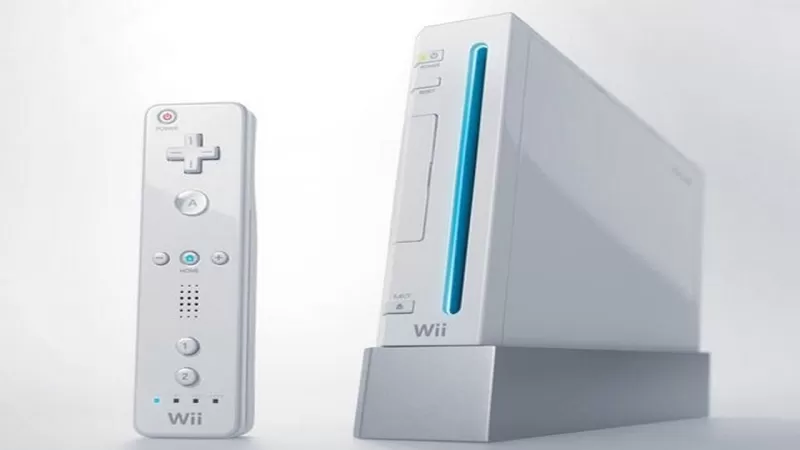 Revitalizing Nintendo's home console market, the Wii introduced motion controls via the Wii Remote. Backward compatibility with GameCube titles and the Virtual Console service, offering downloadable classics, were highlights.
Revitalizing Nintendo's home console market, the Wii introduced motion controls via the Wii Remote. Backward compatibility with GameCube titles and the Virtual Console service, offering downloadable classics, were highlights.
Nintendo DSi - November 1, 2008
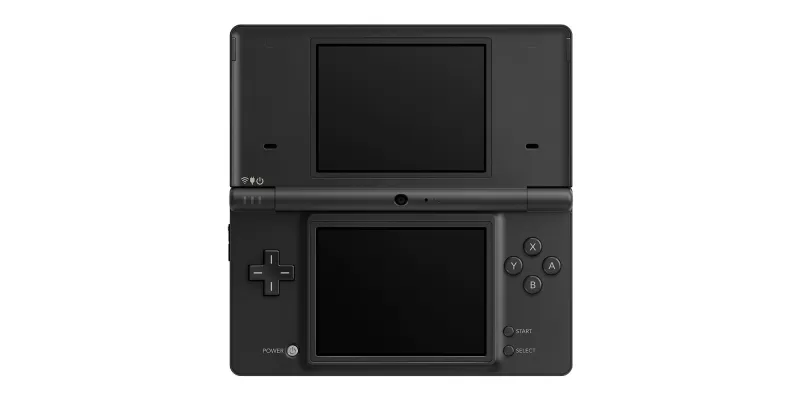 Revising the DS, the DSi added cameras and an SD card slot but removed the Game Boy Advance slot, shifting focus to new software.
Revising the DS, the DSi added cameras and an SD card slot but removed the Game Boy Advance slot, shifting focus to new software.
Nintendo DSi XL - November 21, 2009
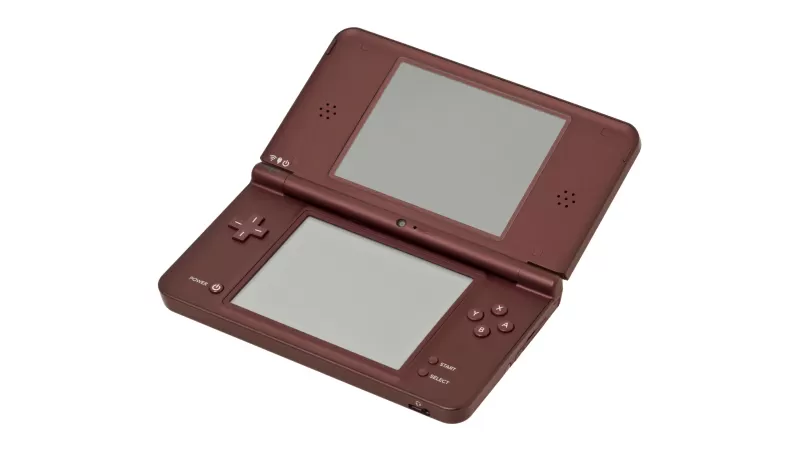 A larger version of the DSi, the XL model featured bigger screens, improved speakers, and a larger battery for extended play.
A larger version of the DSi, the XL model featured bigger screens, improved speakers, and a larger battery for extended play.
Nintendo 3DS - March 27, 2011
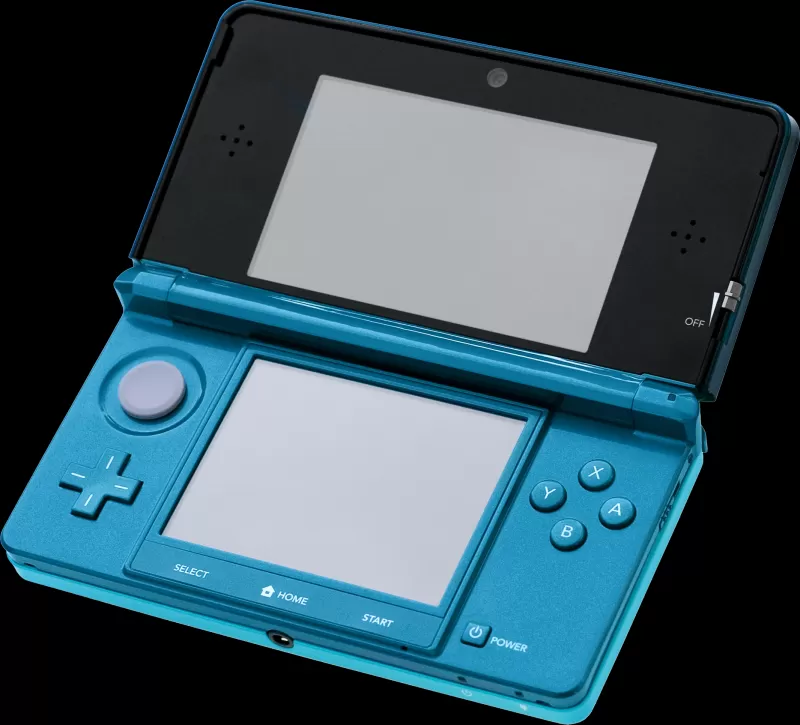 Successor to the DS, the 3DS offered 3D visuals without glasses, using the same stereoscopic technology as the Virtual Boy. It boasted titles like The Legend of Zelda: A Link Between Worlds and Super Mario 3D Land.
Successor to the DS, the 3DS offered 3D visuals without glasses, using the same stereoscopic technology as the Virtual Boy. It boasted titles like The Legend of Zelda: A Link Between Worlds and Super Mario 3D Land.
Nintendo 3DS XL - August 19, 2012
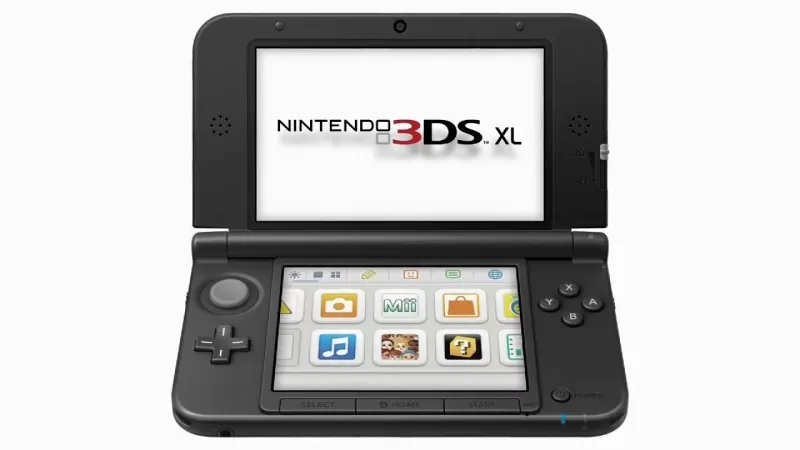 With screens 90% larger than the original 3DS, the XL model offered an enhanced viewing experience while retaining all features.
With screens 90% larger than the original 3DS, the XL model offered an enhanced viewing experience while retaining all features.
Nintendo Wii U - November 18, 2012
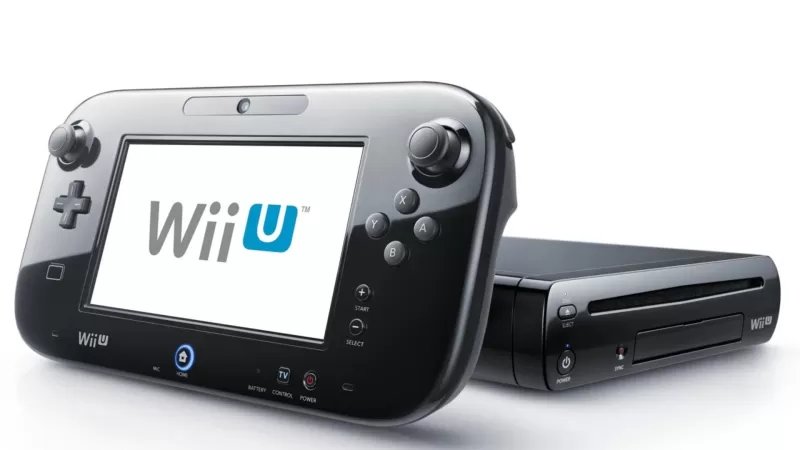 Following the Wii, the Wii U introduced the GamePad, a controller with a screen for off-TV play. It supported HD and included notable titles like Super Mario 3D World and Splatoon, though it struggled with poor marketing and sales.
Following the Wii, the Wii U introduced the GamePad, a controller with a screen for off-TV play. It supported HD and included notable titles like Super Mario 3D World and Splatoon, though it struggled with poor marketing and sales.
Nintendo Wii Mini - December 7, 2012
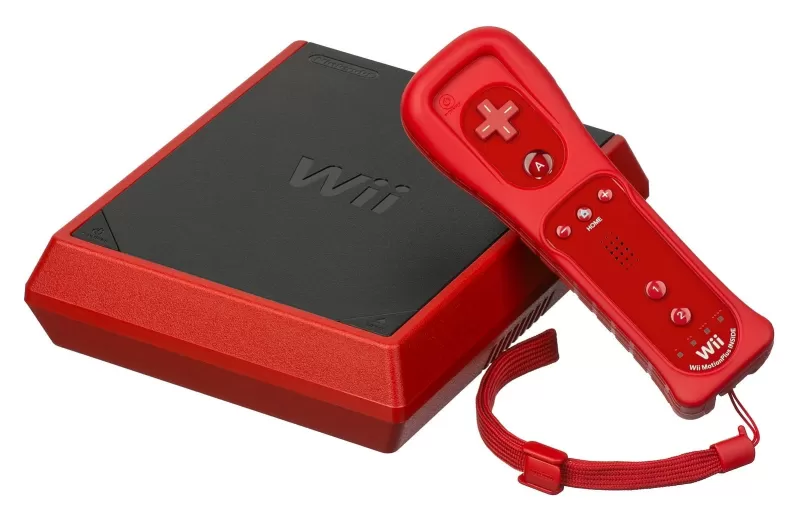 Released at the end of the Wii's lifecycle, the Mini model was smaller and lacked GameCube support, Wi-Fi, high resolution, and SD cards.
Released at the end of the Wii's lifecycle, the Mini model was smaller and lacked GameCube support, Wi-Fi, high resolution, and SD cards.
Nintendo 2DS - October 12, 2013
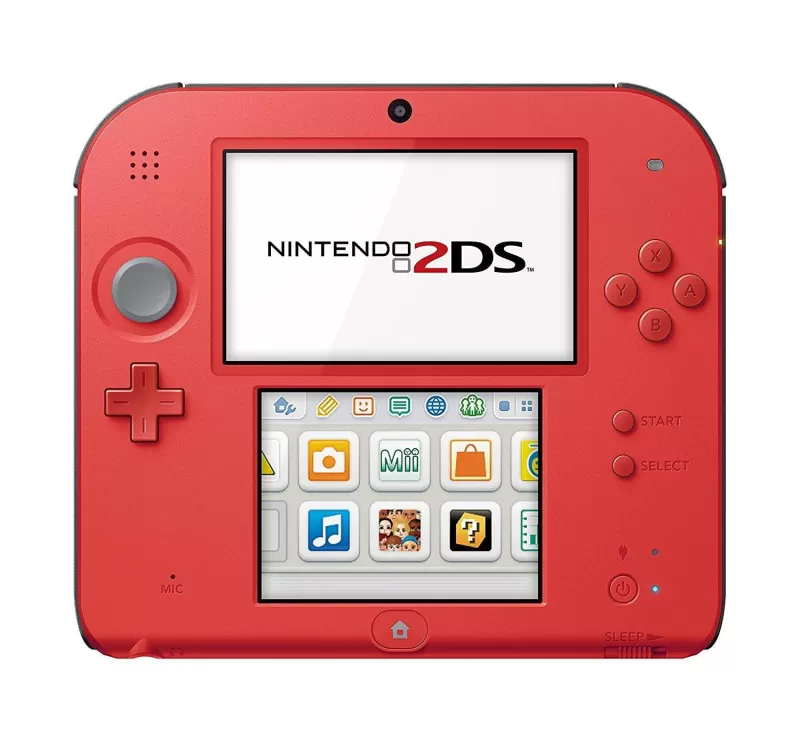 Removing the 3D feature of the 3DS, the 2DS offered a flat design and played all 3DS games, albeit with reduced sound quality.
Removing the 3D feature of the 3DS, the 2DS offered a flat design and played all 3DS games, albeit with reduced sound quality.
New Nintendo 3DS - October 11, 2014
 Upgrading the 3DS, the New model added a C-Stick, ZR/ZL buttons, and NFC support for amiibo, enhancing gameplay and functionality.
Upgrading the 3DS, the New model added a C-Stick, ZR/ZL buttons, and NFC support for amiibo, enhancing gameplay and functionality.
New Nintendo 3DS XL - February 13, 2015
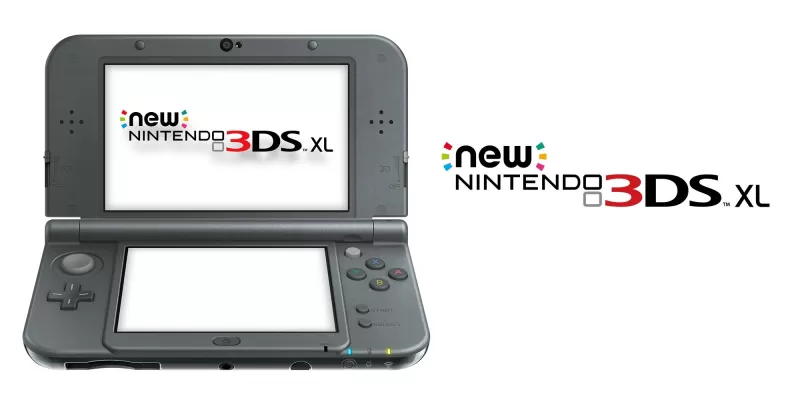 Larger than the New 3DS, the XL model had even bigger screens but removed the ability to change face plates, though special editions were available.
Larger than the New 3DS, the XL model had even bigger screens but removed the ability to change face plates, though special editions were available.
Nintendo Switch - March 3, 2017
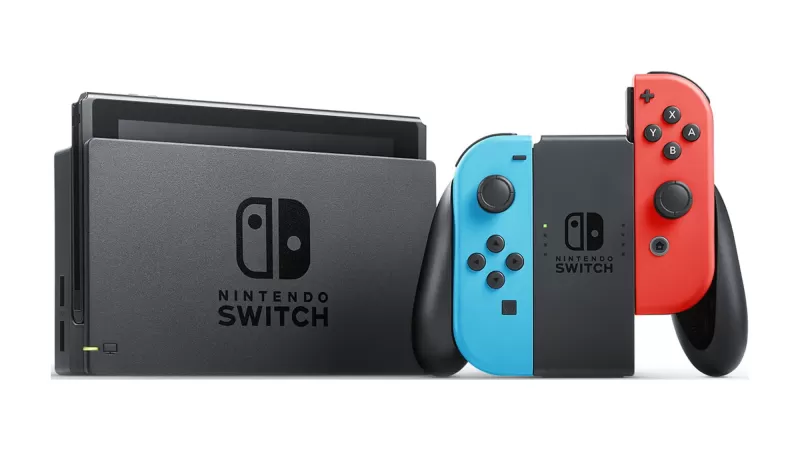 Merging home and portable gaming, the Switch offered versatile play options and a stellar first-party library, including some of gaming's greatest titles. Special editions have been released throughout its lifecycle.
Merging home and portable gaming, the Switch offered versatile play options and a stellar first-party library, including some of gaming's greatest titles. Special editions have been released throughout its lifecycle.
New Nintendo 2DS XL - July 28, 2017
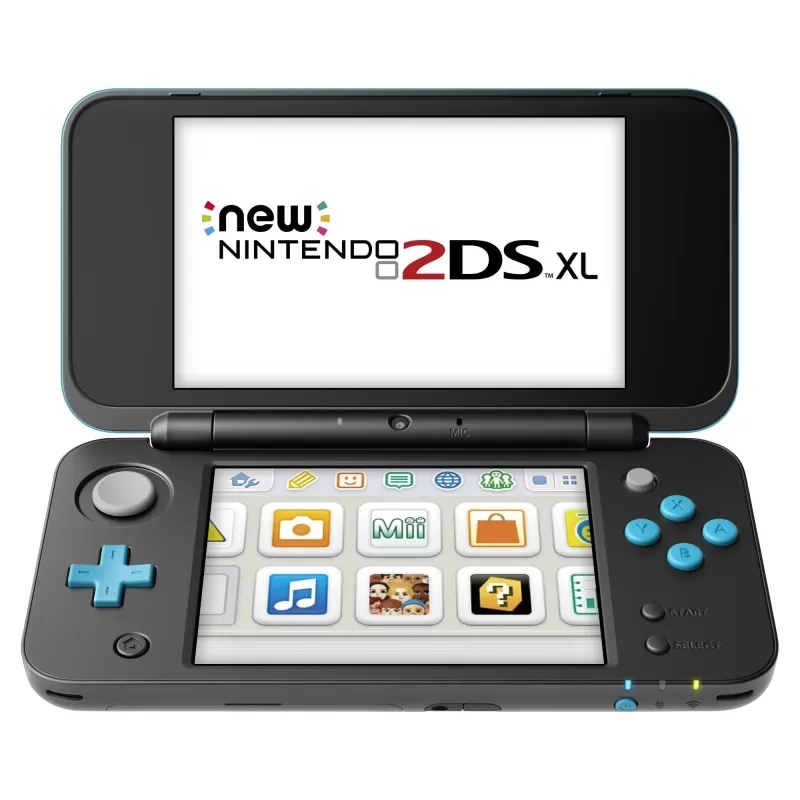 Updating the 2DS, the XL model added an analog stick, shoulder buttons, and amiibo support, returning to the clamshell design and playing New 3DS titles.
Updating the 2DS, the XL model added an analog stick, shoulder buttons, and amiibo support, returning to the clamshell design and playing New 3DS titles.
Nintendo Switch Lite - September 20, 2019
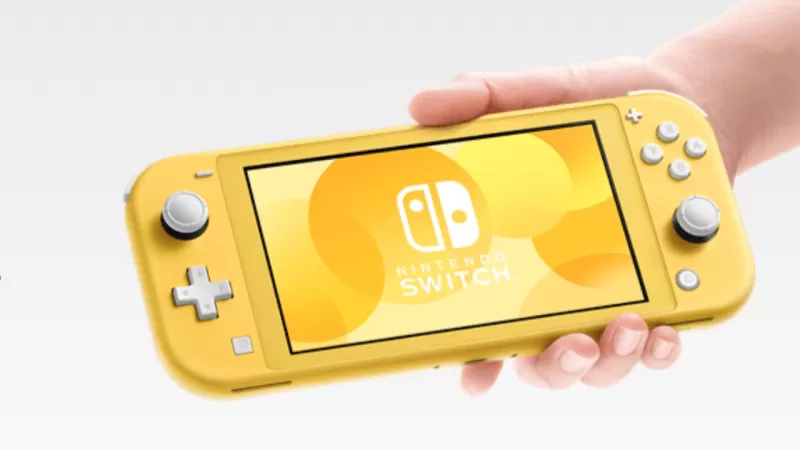 Designed solely for handheld play, the Switch Lite removed the detachable Joy-Cons, offering a more compact and affordable option.
Designed solely for handheld play, the Switch Lite removed the detachable Joy-Cons, offering a more compact and affordable option.
Nintendo Switch OLED model - October 8, 2021
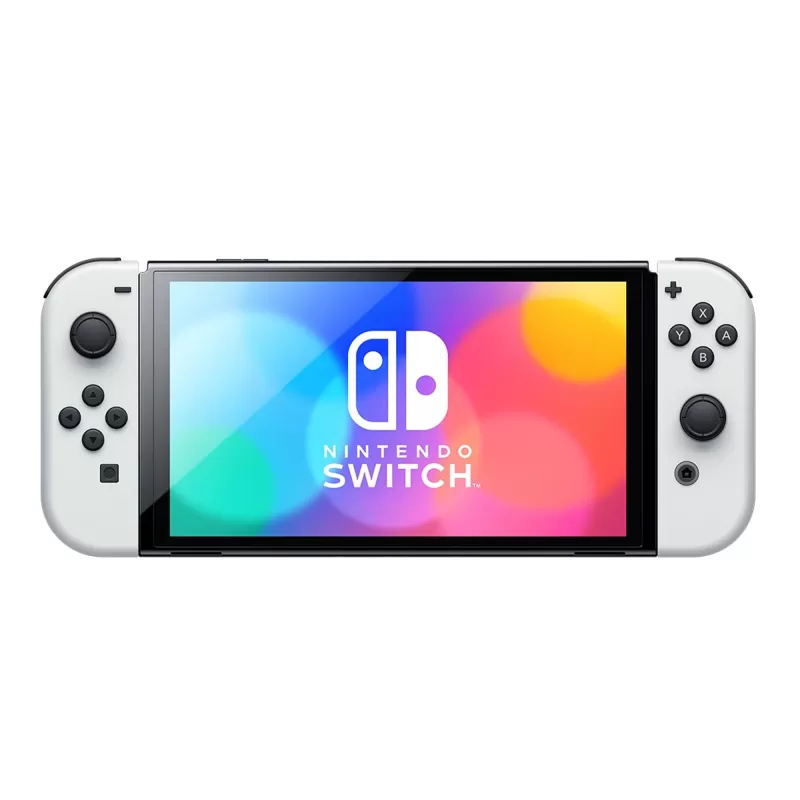 Debuting with Metroid Dread, the OLED model featured a larger 7-inch OLED screen, improved speakers, and a new dock with a LAN port.
Debuting with Metroid Dread, the OLED model featured a larger 7-inch OLED screen, improved speakers, and a new dock with a LAN port.
Upcoming Nintendo Consoles
After years of speculation, Nintendo has officially unveiled the Nintendo Switch 2. The reveal trailer showcased a new Joy-Con attachment method, a larger screen, and a second USB-C port. It hinted at using Joy-Con as a mouse, and teased a new Mario Kart with 24-player support. The console promises "mostly" backward compatibility, supporting both physical and digital games.Analysts suggest the Switch 2 could cost around $400. We've gathered all known details from the trailer, but more information, including a release date, will be shared during a Nintendo Direct on April 2.
AnswerSee Results



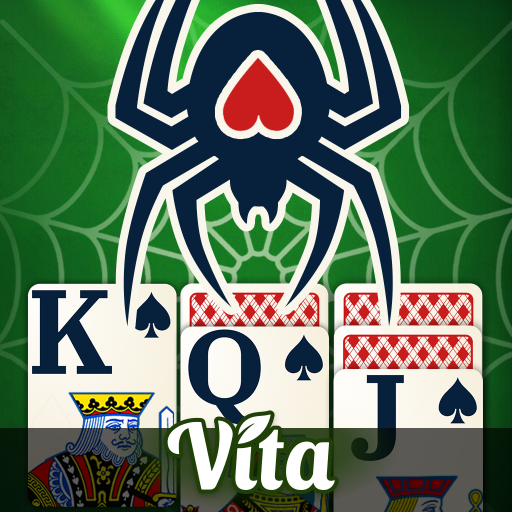
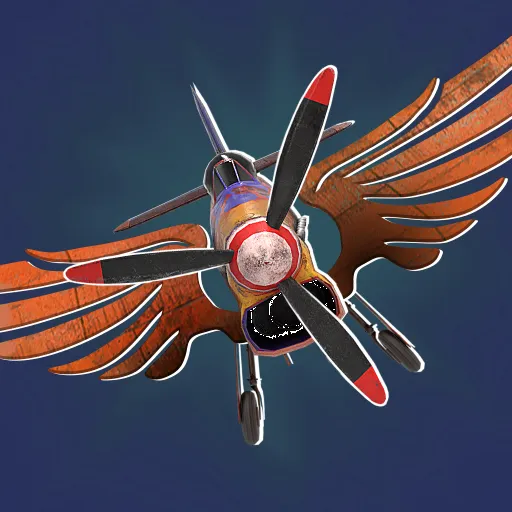

![[18+] Starlewd Valley:Re!](https://images.dshu.net/uploads/37/173149215167347937c925c.jpg)






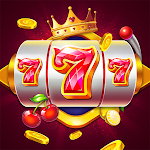








![FurrHouse [Ch. 3]](https://images.dshu.net/uploads/30/1719555089667e54115d59f.jpg)




